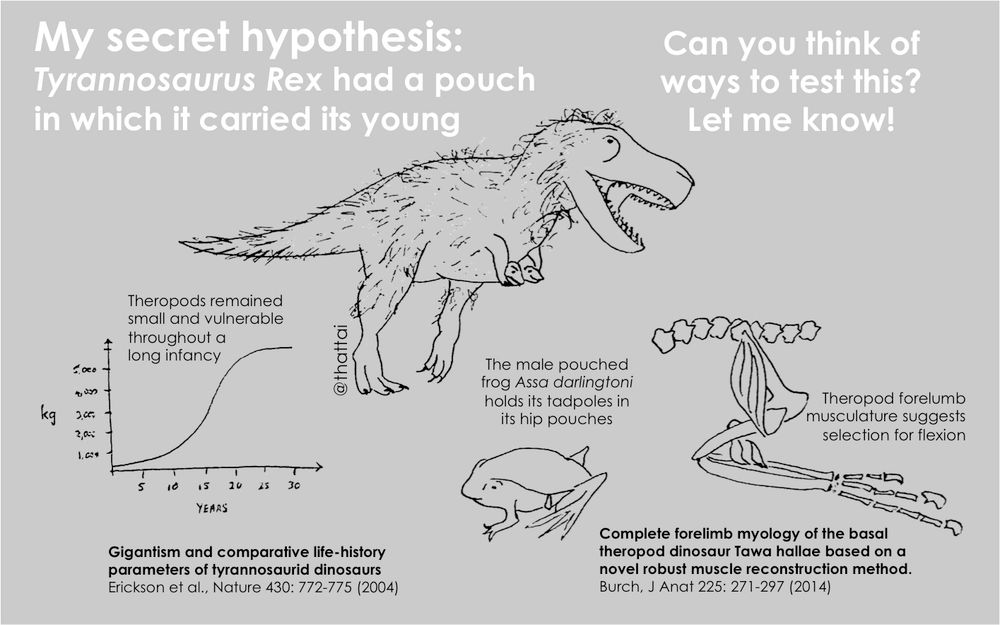
New preprint: ecoevorxiv.org/repository/v...
New preprint: ecoevorxiv.org/repository/v...



At both meetings I'll speak about new work on the evolution of complex vesicle traffic networks in proto-eukaryotes.
Looking forward to catching up with many old friends on this trip!
statphys29.org/plenary-and-...
At both meetings I'll speak about new work on the evolution of complex vesicle traffic networks in proto-eukaryotes.
Looking forward to catching up with many old friends on this trip!
statphys29.org/plenary-and-...


As I started by saying: only in Bangalore would the science session draw a bigger crowd than any other session at a litfest!
www.youtube.com/watch?v=5Oq0...

As I started by saying: only in Bangalore would the science session draw a bigger crowd than any other session at a litfest!
www.youtube.com/watch?v=5Oq0...
These and other chapters in the long engagement between MIT and India are chronicled in Ross Bassett's book "The Technological Indian".


These and other chapters in the long engagement between MIT and India are chronicled in Ross Bassett's book "The Technological Indian".
Here's a sample from the exhibit: the 1958 yearbook photo of Almitra Patel, the first South Asian woman to receive a degree at MIT.


Here's a sample from the exhibit: the 1958 yearbook photo of Almitra Patel, the first South Asian woman to receive a degree at MIT.
These and other chapters in the long engagement between MIT and India are chronicled in Ross Bassett's book "The Technological Indian".


These and other chapters in the long engagement between MIT and India are chronicled in Ross Bassett's book "The Technological Indian".
🎯 100 🟪 0 ⌛ 00:24
🎯 100 🟪 0 ⌛ 00:24
In "How Science Speaks", we will hear how scientists and science writers communicate complex ideas about the history and practice of science to non-experts.

In "How Science Speaks", we will hear how scientists and science writers communicate complex ideas about the history and practice of science to non-experts.

